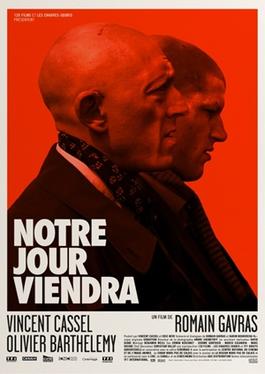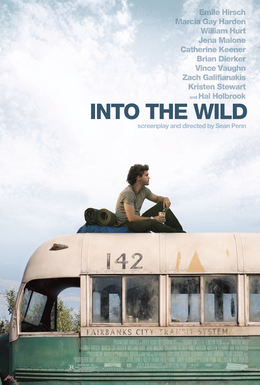I am not always convinced about soundtracks. On the one hand, I regret music being composed, recorded and produced for the sole purpose of being an accompanying sound to a busy image. On the other hand, when developed rightly there is nothing more pleasant than watching movements being sublimed by music, and melodies being praised by images.
What I perceived as being right in composing music for films, is when the work is done in a collaborative way, as an exchange. As opposed to sounds being slaves to images, it is a fusion between two forms of art that results in a work that is both complementary and individual. A soundtrack should be able to stand on its own as a piece of work with structure and development.
Too often have I heard music, detached from the visual aspect it was written for, sounding like a lifeless arrangement of sounds that simply seem to come and go purposelessly.

© Wikipedia
Here are three recent stylistically diverse examples that I consider as outstanding pieces of work and great examples of great soundtracks.
Jonathan Glazer’s Under the Skin (2013) is both disturbing and fascinating. The film composer, Mica Levi, was guided by the director with questions such as “what does it sound like to be on fire?”. Primarily recorded on a viola, the result is uncomfortable; it is rhythmic, textural, descriptive, industrial, screaming, itching, distorting, clashing, droning, and almost perverse. Levi took inspiration in the works of Xenakis and Cage, as well as music played in strip clubs. These are noises. Effects. Yet music. That marks the listener with red iron. And transcends the images, and the film.

© Wikipedia
The first day I heard Sebastian’s soundtrack on Notre Jour Viendra (2010), What a slap! It is urban, disturbing yet beautiful, electric yet traditional, sensorial and most importantly it carries the atmosphere of Romain Gavras’ film. Sebastian is out of his usual musical tracks — that involve a lot more easy-listening music — and delivers a raw, dirty and violent musical score, and an attempt at surfing towards serious music linguistics. It is to me Sebastian’s best release and as a piece of work, a lot more unpredictable and avant-garde than his usual. The amusement of the musician that experiments with freedom, away from his own constraints, and releases one of his best pieces of solo work.

© Wikipedia
Into the Wild (2017) by Sean Penn and its soundtrack are quite different from the two previous examples. However a wonderful illustration of musical reconversion. Eddie Vedder — formerly known as the lead singer of the grunge rock band Pearl Jam — delivers one of his most fantastic pieces of work. With a minimalist yet well chosen instrumentation — a reflection of the American landscapes and culture — including the use of the ukulele, that provides a delicate contrast to the singer’s raw and bestial voice. A voice that is a lot more mature and controlled than during the singer’s early years. And a songwriting that is a lot more polished. And that not only reflects the sensitivity of the main character, but also a sort of comforting buzzing that fills the low end audio spectral. And an opportunity for the singer to gain credibility with a work that encapsulates the American culture.

© www.jaxsymphony.org
I have selected these works not only for their musical quality, but also because of their capacity in transcending the images. The feelings that I felt when watching these films are still vivid and inspiring; and this is thanks to their soundtracks.
An example I often think of when approaching music for images is Mussorgsky and Pictures at an Exhibition. The music stands on its own, and it is not necessary for the listener to see the paintings in order to have a complete musical experience. In fact, how many people can claim having seen them?
